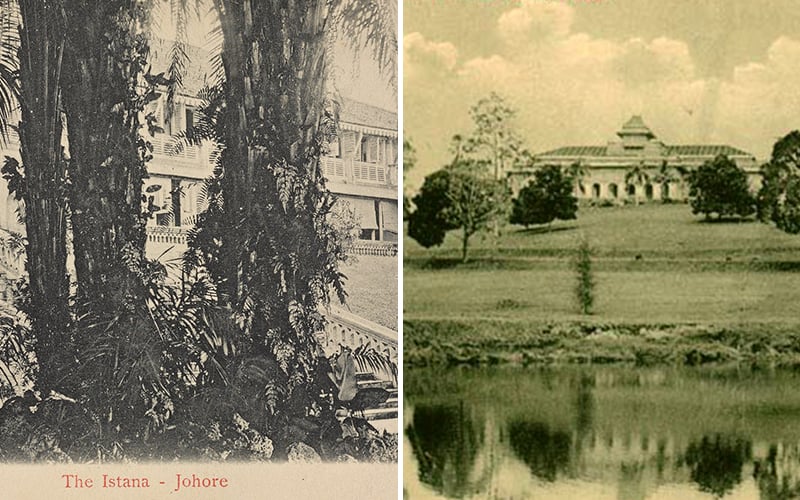
PETALING JAYA: Jalan Wong Ah Fook in Johor Bahru is one of the busiest streets in the heart of the city, partly thanks to its close proximity to the Johor Causeway.
But past the delectable eateries and handful of heritage sites lining the bustling one-way street, there lies a tale of a man who constructed not one, but two palaces on both sides of the Straits of Johor.
Born in Guangdong, China, in 1837, Wong Ah Fook fled for the bustling colonial port of Singapore at the age of 17 to escape civil unrest in his hometown.
To make a living, he indentured himself as a carpenter, a job that eventually paved the way for him to become the then-Johor government’s chief contractor.
Fortune knocked on Wong’s door in 1864, when Sultan Abu Bakar, the first sultan of modern Johor, appointed Wong as the contractor for the Istana Besar, the former royal residence of the Johor throne.
The palace’s inauguration on New Year’s Day of 1866 was a significant day in Johor’s history, as its main city was renamed Johor Bahru from Iskandar Puteri, while the government’s administration centre was relocated back to the peninsula from Singapore.
Wong then went on to build Sultan Abu Bakar’s Istana Tyersall in Singapore, which was famed for being the first building to be supplied with electricity on the island colony.
Istana Besar and Istana Tyersall served as the setting for Sultan Abu Bakar to host and entertain visiting British royalty in pomp and style, though the latter was abandoned after a fire broke out in 1905. It was demolished in 1935.

Following the completion of Istana Tyersall, Sultan Abu Bakar awarded Wong 10 lots of land in the heart of Johor Bahru, which became known as Kampung Wong Ah Fook.
It was then that the main street in the village was christened Jalan Wong Ah Fook, a name which remains to this day to commemorate one of the pioneers behind the city of Johor Bahru.
Wong had also built the Dato’ Jaafar Muhammad building in Johor and the Victoria Theatre and Concert Hall in Singapore, both which still exist to this present day.
Entrepreneur and philanthropist
Wong’s contributions were not limited to the construction sector, as he was also a reputed entrepreneur and philanthropist.
In 1886, Wong was awarded a revenue farming contract by the Johor government, granting him the right to collect tax in certain areas on the sales of pepper and gambier, the mainstay of Johor’s economy at the time.
The entrepreneur’s most ambitious venture was establishing the first local bank in Singapore, the Kwong Yik Bank, at the turn of the 20th century. The bank was set up to provide financial services for the expanding Chinese immigrant community.
Sadly, Wong’s foray into the financial sector collapsed in 1913 due to poor management, even though Wong had poured a large sum into the bank in a last ditch attempt to save it.
Wong also placed great emphasis on education though he had only received a rudimentary education. He sent his sons to Cambridge University and Oxford University and hired a British lady to tutor his daughters in English – a practice that was uncommon at his time.
He was best remembered for his immense contribution to education by playing a prominent role in founding the Yeung Cheng School in Singapore, Foon Yew School in Johor Bahru, and Zhiben School in Guangdong.
Wong also established the charitable healthcare institution, Kwong Wai Shiu Hospital in Singapore, which is still serving the needy today.
He died in 1918 and his remains were buried in Singapore according to his wishes. He was 82. - FMT


No comments:
Post a Comment
Note: Only a member of this blog may post a comment.